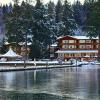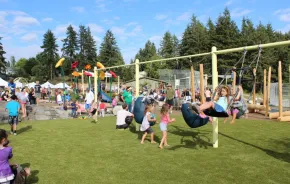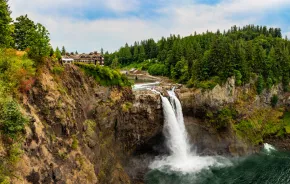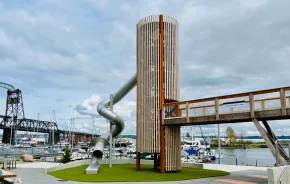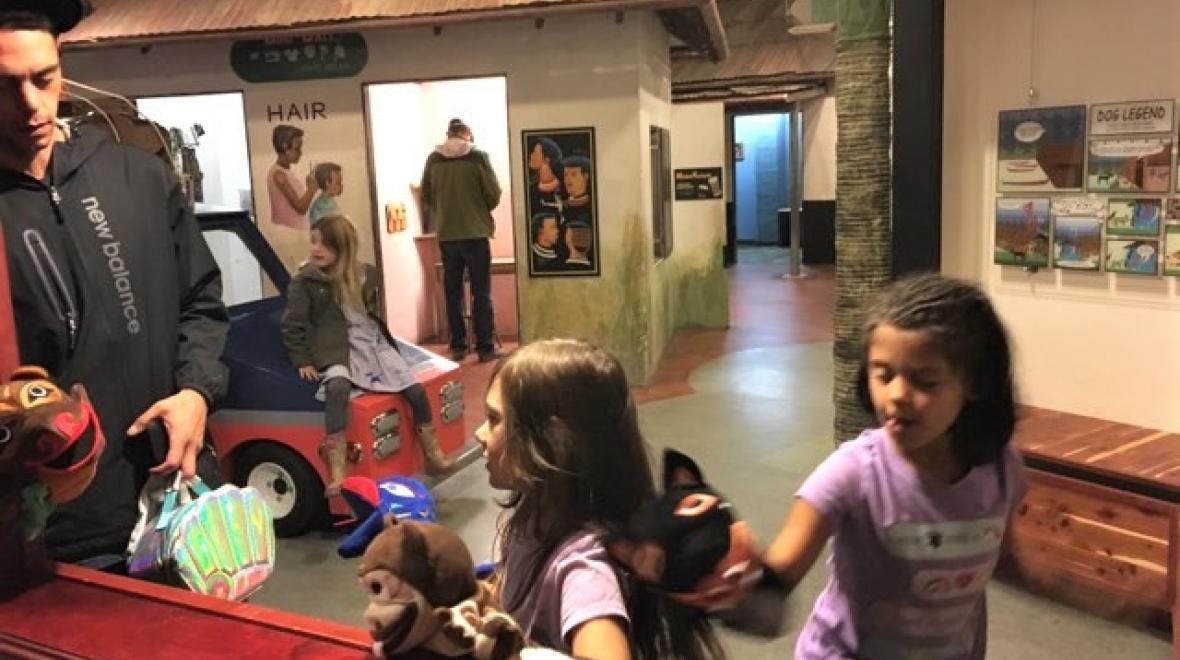
Photo:
New Tribal Tales exhibit at the Seattle Children's Museum. Image courtesy of the museum
The Global Village wing at the Seattle Children’s Museum is a favorite area for lots of local kids — kids who love exploring the daily life of families in different cultures. But while the rest of this popular kids' museum at Seattle Center has seen major new exhibits and updates in recent years, the Global Village area has remained fairly static for nearly a decade. And when Devin Leatherman started working there as the Assistant Director of Education, she discovered an even bigger problem.
“We had one instance of representation of indigenous cultures in the whole museum, and that one was not even local,” she says. “That felt yucky to me and it felt yucky to my boss. The tribes are not historic relics. They are active, live, vibrant cultures.”
New Tribal Tales
The solution for the museum was to build an entirely new exhibit, called Tribal Tales, that showcases local indigenous cultures. The museum celebrates the exhibit's opening on Sunday, Oct. 13.
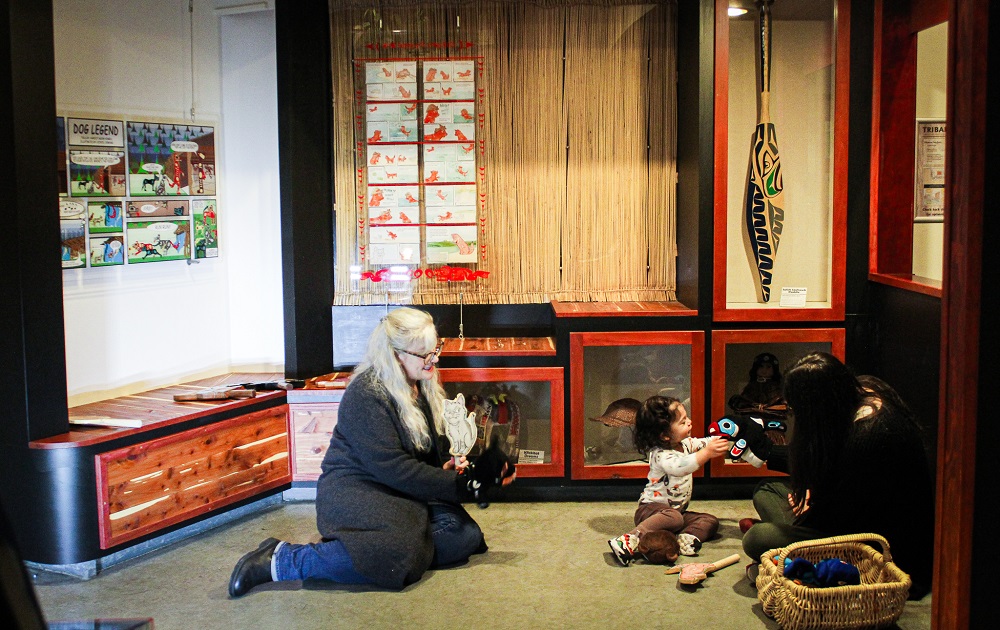
Developing the new exhibit took nearly two years, working under the guidance of Tulalip artist Ty Juvinel and Lower Elwha S’Klallam artist Roger Fernandes (who both contributed work to the exhibit). Now Seattle Children’s Museum is ready to open Tribal Tales, its new, permanent Global Village exhibit that will introduce families to local indigenous cultures.
Like all exhibits at the museum, Tribal Tales is specially designed for children ages 8 and under, though it contains elements that will appeal to adults and older siblings, too. Emphasizing the fact that the tribes are vibrant contemporary communities, everything in the new exhibit was created by indigenous artists who were given free rein to convey what they wanted about their own tribal identity and history. For example, one Yakama artist incorporated her own family’s motifs to create regalia for a horse — an animal more important to mountain tribes than coastal ones.
Packed into the 300-square-foot space at the entrance to the Global Village, visitors will find carvings, murals and a large plexiglass case holding pieces of narrative art illustrating the second theme of the exhibit.
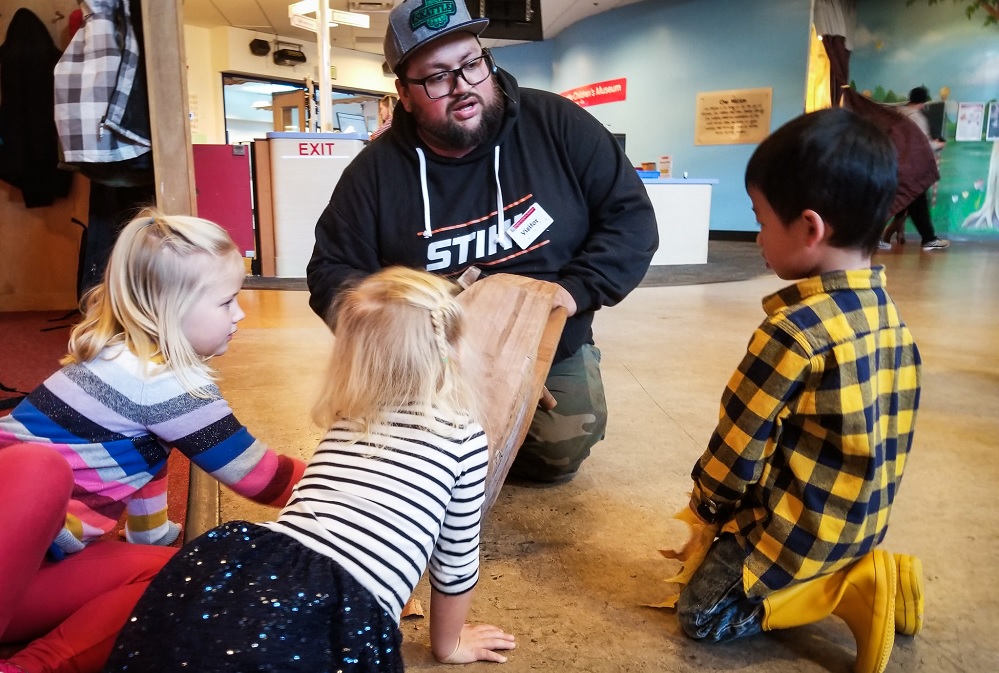
“The exhibit focuses on storytelling as a universal experience, but it engages through the lens of the local, indigenous Coast Salish people,” Leatherman says.
Hand puppets, which are not traditional to Coast Salish storytelling, provide a contemporary interactive element for children. In the future, the museum hopes to add a canoe and archival video clips to make the exhibit even more dynamic.
Tribal Tales opening celebration
Seattle Children’s Museum will celebrate the grand opening of Tribal Tales on Sunday, Oct. 13, in time for Indigenous People’s Day on Oct. 14. (The museum is closed on Mondays.) Starting at 11 a.m. on Sunday, families can engage with local artists leading weaving, beading, collage and printmaking activities and demos. There will also be live music performances and storytelling.
Admission is free for anyone presenting a tribal ID card or museum membership. Regular admission applies to others ($12).
More places to engage with indigenous cultures
For families who want to learn more about indigenous cultures, the Seattle Children’s Museum is not the only institution that has committed to shining a spotlight on local tribes. Other centers in our region also showcase the history of the region’s first people and aim to amplify the voices of their continuing cultures and communities.
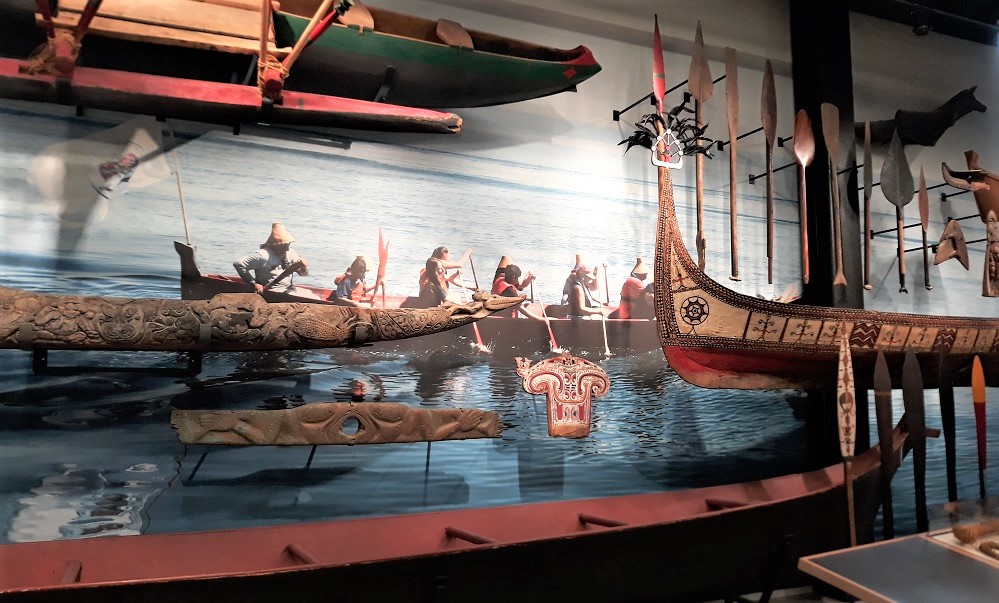
The Burke Museum, Seatle:
The brand-new and expanded Burke Museum opens to the public on the same weekend, Oct. 12–14. The newly-built museum on the University of Washington campus includes a Northwest Native art gallery that features rotating exhibitions of contemporary and historical indigenous artworks. A new gallery, Culture is Living, breaks down traditional museum presentation with displays of cultural objects as informed by members of the communities depicted.
The opening weekend offers three days of programming. Saturday, Oct. 12, is Grand Opening Day; Sunday, Oct. 13, is Kids' Day; and Monday, Oct. 14, is Indigenous People's Day. Outdoor activities are planned for each day and access to them is free; entry into the museum galleries requires admission and booking timed-entry tickets in advance is highly recommended.
In addition to spotlighting indigenous cultures, the labs and workspaces in the new Burke are open or visible to visitors, allowing kids and families an up-close view of the scientific and preservation work happening there. The new Burke also still has its dinosaur displays which are always popular with families.
Hibulb Cultural Center & Natural History Preserve, Tulalip:
The Hibulb Cultural Center on a 50-acre preserve in Tulalip, Wash., presents a permanent interactive display introducing the history of the Tulalip Tribes. Exhibits are presented in both English and Lushootseed. A second gallery presents rotating exhibits (currently Coast Salish wool and textile arts). There is also a canoe hall and a longhouse where visitors can listen to traditional stories. (You can also read traditional stories on their website.)
Daybreak Star Indian Cultural Center, Seattle:
The Discovery Park headquarters of the United Indians exists as a social service provider, community center and cultural home for urban Native people. But everyone is welcome to visit Daybreak Star's permanent collection of Native art and the rotating exhibits of Sacred Circle Gallery, which is showing Roin Morigeau’s exhibit “smɫi” through the end of the year.
Daybreak Star will also commemorate Indigenous People’s Day on Monday, Oct. 14, with a rally and march, Native cultural performances and a community dinner at Daybreak Star. All Native and non-Native community members are welcome.
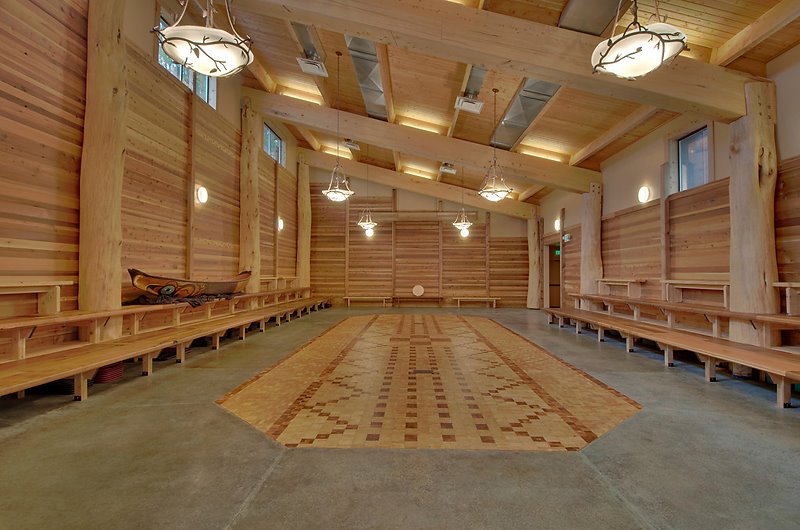
Duwamish Longhouse and Cultural Center, Seattle:
This year marks the 10th anniversary of the Duwamish Longhouse and Cultural Center. The only traditional longhouse in the City of Seattle houses social and cultural events and can be toured by appointment. Families can visit the longhouse for the free all-ages Halloween costume party on Oct. 26. The Longhouse also hosts a popular Native Art Market starting in late November. Check the Facebook page for additional news and events.







